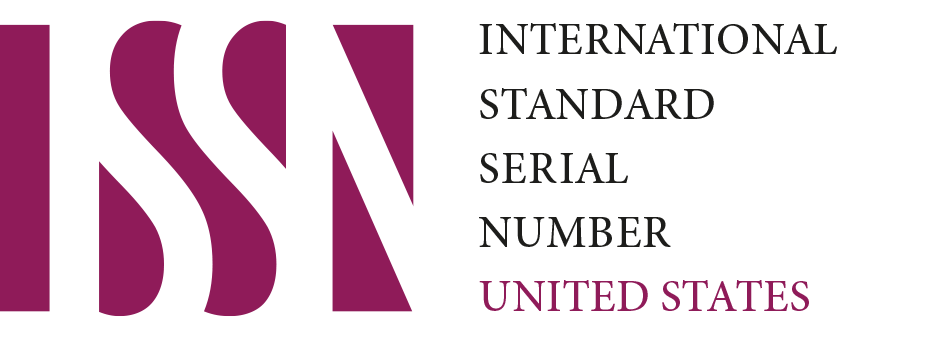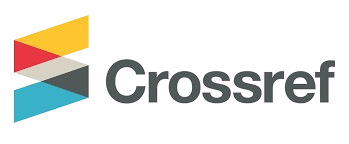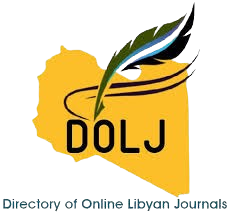Editorial Workflow
All papers submitted to SHRUSS undergo a peer-review process. This process begins with an initial assessment by the editorial department, followed by a check by the editor-in-chief to evaluate the paper's suitability in terms of topic, wording, and originality. At this stage, specialized software is used to detect plagiarism.
After passing this stage, the paper is forwarded to the editor of the relevant section, who selects reviewers specialized in the field of research. If advanced statistical techniques are used, a statistician may be involved to evaluate the methodology. The journal adopts a Double-Blind Review system, where both the author and the reviewers remain anonymous.
The reviewers assess the quality of the paper and its contribution to the discipline, and make recommendations for improvement. Based on the reviewers’ comments and the section editor’s input, the editor-in-chief makes the final decision on whether to accept or reject the paper, indicating whether major or minor modifications are required.
If major changes are needed, the paper will be returned to the reviewers upon resubmission. Minor changes, however, will be reviewed by the section editor alone.
The first round of peer review is expected to take 4 to 8 weeks. Based on the outcome, the author is asked to resubmit the revised version within one month (for minor revisions) or three months (for major revisions). After resubmission, the revised version is re-evaluated, and the author is informed of the final decision within four weeks.
If the paper is accepted, authors are required to pay the publication fee (if applicable). Accepted articles are officially published within four weeks from the date of final acceptance.
At the initial stage of submission, authors are required to provide the following:
- Article metadata: This includes the names of all authors, their institutional affiliations, keywords, and other relevant information.
- A non-identifiable version of the manuscript: This version must exclude any identifying information. It should include the full text of the article along with tables and figures, but it does not need to be in its final publication-ready format.
After final acceptance of the article, authors must upload the following files:
- The full text of the article in an editable format (e.g., Word).
- A title page containing the article title, authors' names, and affiliations.
- Individual high-resolution files for each figure (suitable for print).
- Separate files for each table.
- A file containing captions for all figures and tables.
- A complete list of references, including Digital Object Identifiers (DOIs) where available.
Note: Authors should refer to the detailed Author Guidelines for specific instructions on file format and content requirements after acceptance.
Once the article is finalized and proofread, the publication process includes:
- Publishing the article on the journal’s website.
- Assigning a permanent Digital Object Identifier (DOI) to the published article







